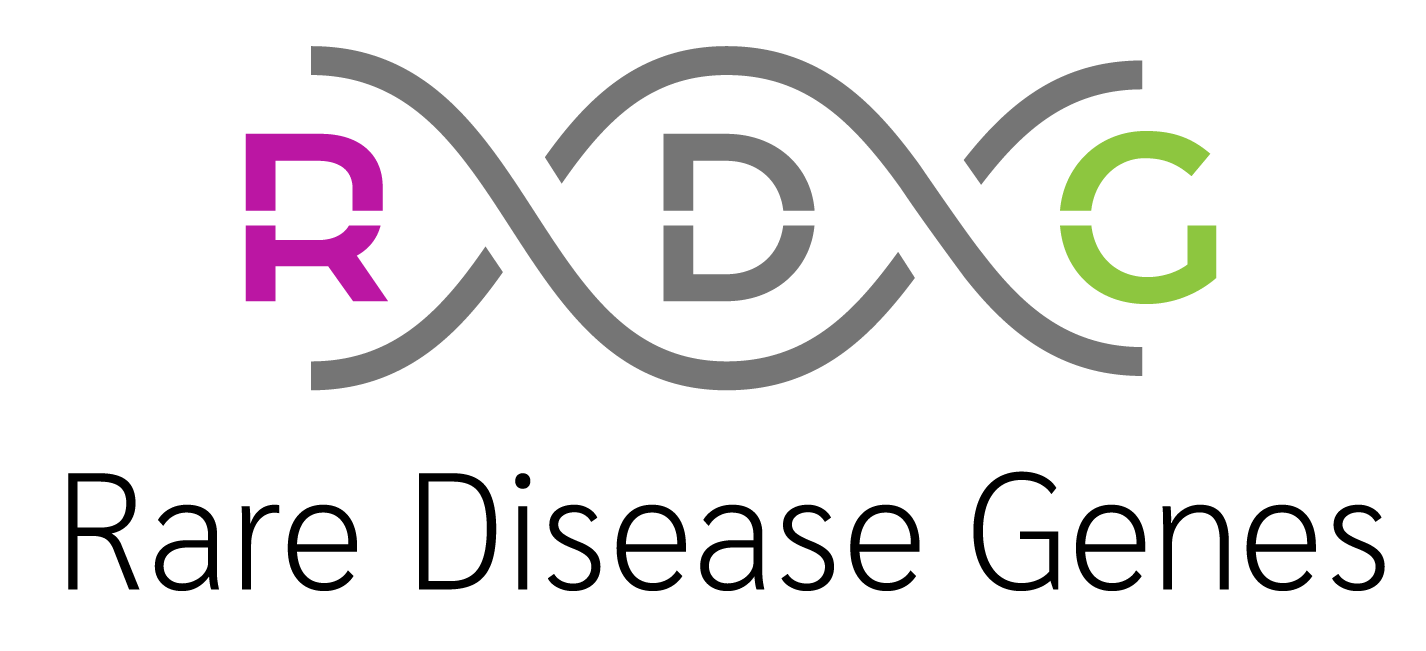Introduction
The PHEX gene, named to signify Phosphate regulating gene with Homologies to Endopeptidases located on the X chromosome, was identified in 1995 as the gene disrupted in X-Linked Hypophosphatemia (XLH), the most common form of hereditary hypophosphatemic rickets (1). XLH is inherited in an X-Linked dominant pattern and shows complete penetrance in both males and females (2 & 3). Patients experience lifelong symptoms resulting from chronic hypophosphatemia including impaired bone mineralization, rickets, skeletal deformities, growth retardation and diminished quality of life (4 – 6) .




